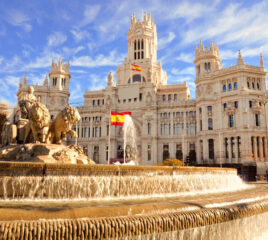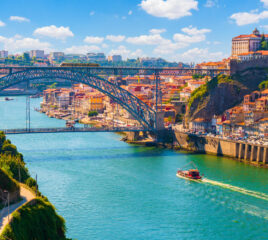Exploring Poland’s Historical Gems – The Ultimate Love of Every History Geek
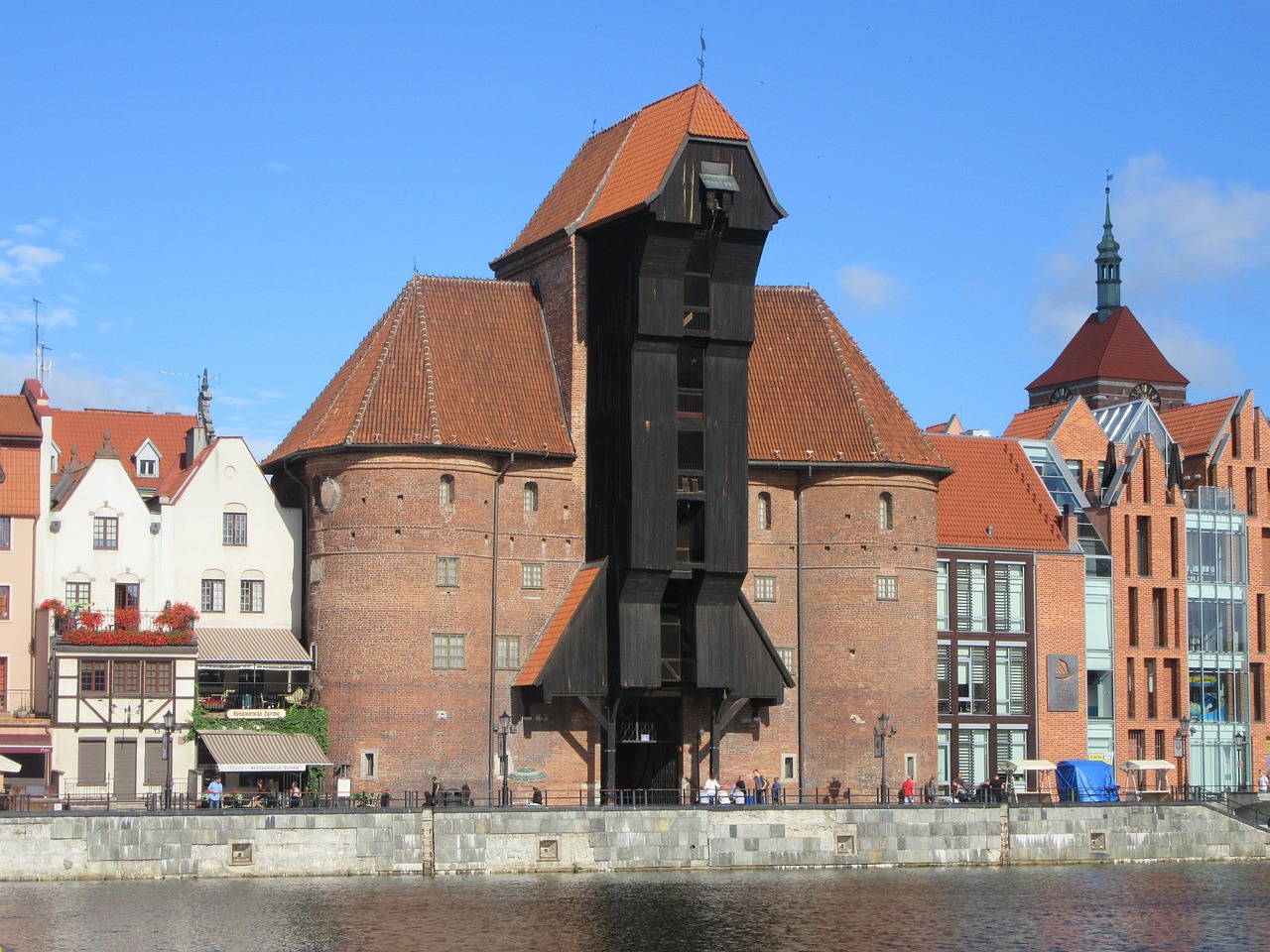
Poland is a country where history isn’t just taught; it’s experienced. From majestic castles to somber memorials, each landmark tells a unique story that adds depth to the rich tapestry of Polish culture. Whether you’re a history aficionado or just looking to be swept away by incredible tales of resilience, Poland offers countless opportunities for you to travel through time.
In this guide, we’ll take you through the top 9 historical places to visit for a history geek in Poland, where you’ll uncover the stories that have shaped the nation. Get ready to dive into Poland’s past—from the royal splendor of Wawel Castle to the haunting reminder of Auschwitz-Birkenau—and discover the places that are truly the heartbeat of Polish history. Pack your curiosity and a sense of awe, because these historical gems are waiting to be explored! Let’s begin –
1. Wawel Castle – The Heart of Polish Royalty
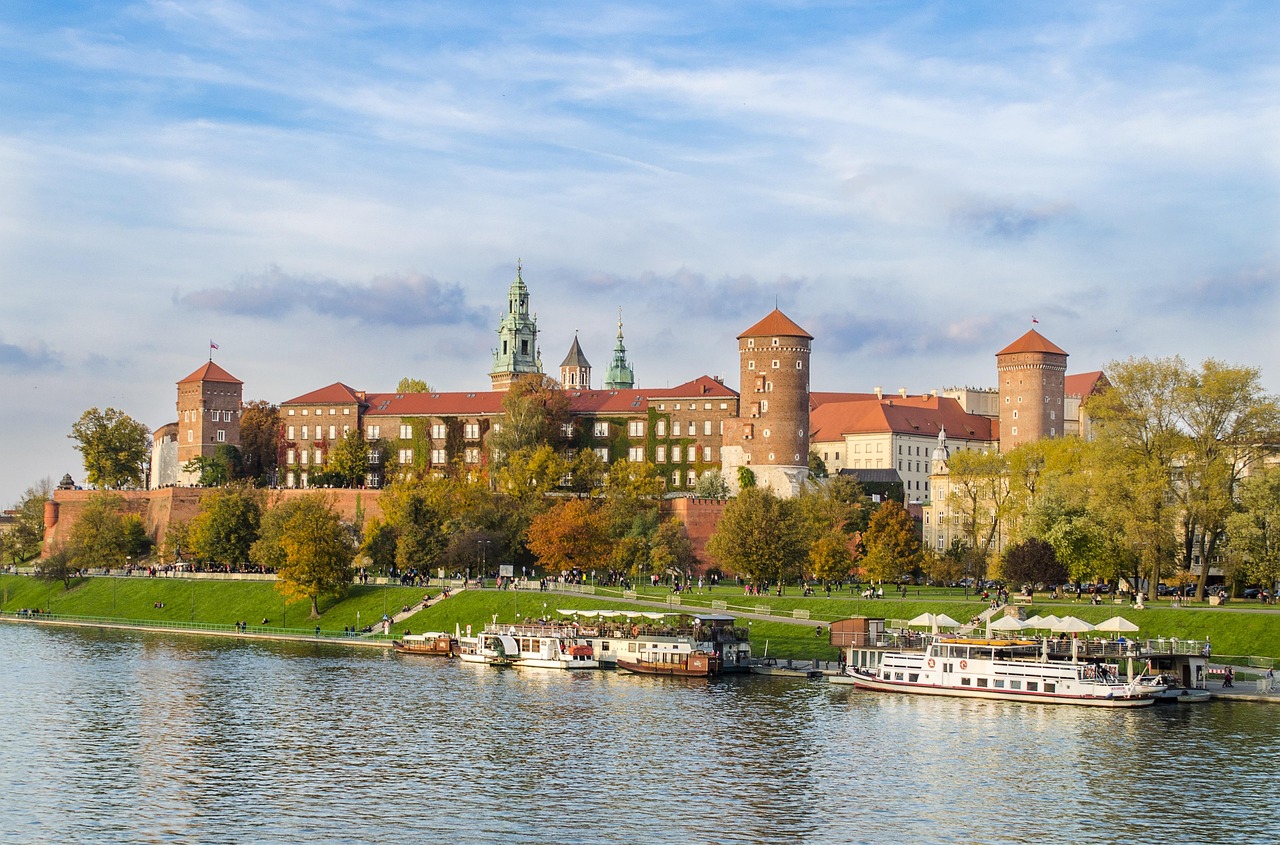
History and architectural significance
Ah, Wawel Castle! Nestled in Kraków, it’s like Poland’s version of a royal soap opera—but with more bricks and fewer dramatic pauses. This place is one of the best castles in Poland, and for good reason. Wawel Castle is a treasure trove of Polish history, serving as the residence of kings and the political hub of the nation for centuries.
Imagine the Game of Thrones but with more pierogi and less dragon fire. Wawel’s architectural style is like a history textbook you can walk through. From Romanesque to Renaissance, it’s got more styles than a fashion show. The castle complex includes the Wawel Cathedral, which is like the crown jewel of the site. And don’t even get me started on the Sigismund Bell—it’s so big, it needs 12 people just to make it ring! Talk about a team effort.
But wait, there’s more! The castle is home to a vast collection of art and historical treasures, including the famous Wawel Tapestries. These aren’t your grandma’s tapestries; they’re among the largest and finest in the world.
If these walls could talk, they’d probably recount tales of royal coronations, weddings, and funerals. And maybe a few ghost stories just for kicks.
For any history geek, Wawel Castle is a must-see on your Poland history tours. It’s not just a castle; it’s a living, breathing testament to the Poland heritage attractions that have shaped the nation.
2. Auschwitz-Birkenau – A Sobering Remembrance of the Holocaust
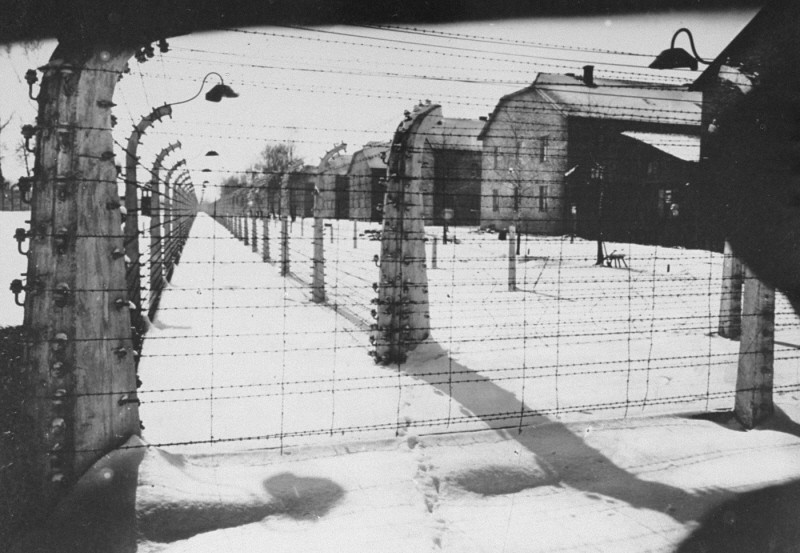
So, let’s talk about a place that’s not exactly a barrel of laughs, but it’s crucial to visit—Auschwitz-Birkenau. Located just a short drive from Krakow, this site is a heavy reminder of the past. It’s like the world’s most somber history lesson, but in 3D.
Auschwitz-Birkenau was the largest Nazi concentration and extermination camp. Millions of people, mostly Jews, were brutally murdered here during World War II. It serves as a powerful symbol of the Holocaust and is a significant site for understanding the depths of human cruelty.
Walking through the gates of Auschwitz, you’re immediately hit with a sense of gravity that no textbook can convey. It’s a place where silence speaks volumes.
While the visit isn’t exactly a pick-me-up, it’s an essential experience to understand the atrocities of the past and ensure they are never repeated. Here are a few things you might experience during your visit:
- Guided Tours: These are led by knowledgeable guides who share stories and facts that bring the history to life. It’s like having a history book with legs.
- Exhibits: Expect to see personal belongings of victims, photographs, and documents that provide a chilling glimpse into the lives lost.
- Memorials: Various memorials throughout the site remind visitors of the lives cut short and the importance of remembrance.
In short, Auschwitz-Birkenau isn’t just a place on the map—it’s a solemn reminder of what happens when humanity loses its way. A visit here is not about enjoying yourself but about paying respect and learning from history’s darkest days.
3. Warsaw Old Town – Rebuilt After Destruction
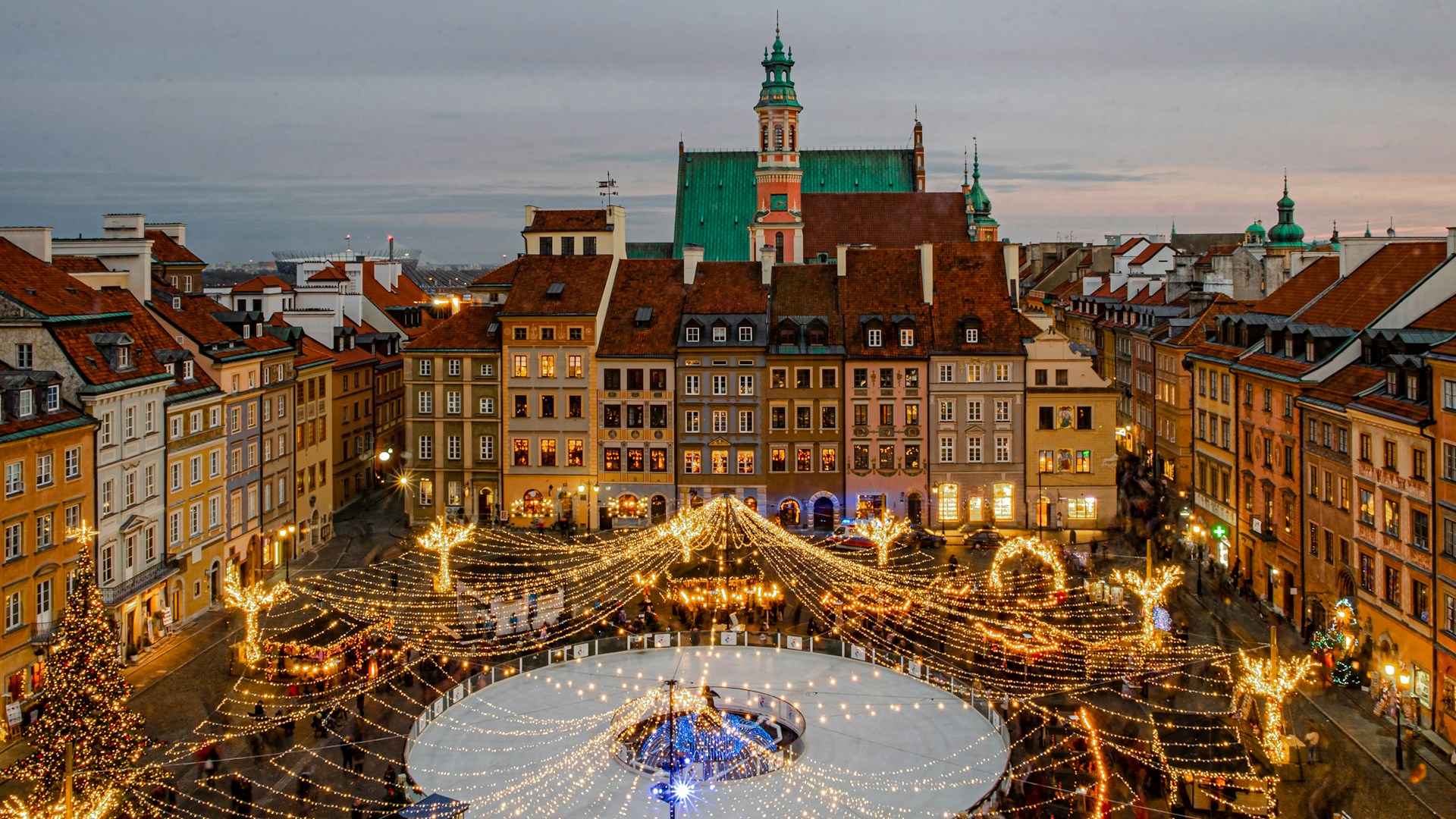
The history behind its reconstruction
Ah, Warsaw Old Town! If cities had nine lives, this one would be a cat. Completely flattened during World War II, it was like someone took a giant eraser to history. But, like a phoenix rising from the ashes, it was painstakingly rebuilt brick by brick. The Poles, with their indomitable spirit, decided that losing wasn’t an option.
Stay Connected Even from Warsaw Old Town!
Stay connected in Poland with Voye Global eSIM! Get yours today for seamless travel without roaming fees.
Warsaw Old Town isn’t just a place; it’s a testament to human resilience. It’s like the universe said, “Let’s see you come back from this!” And Warsaw replied, “Hold my beer.”
So, how did they do it? Well, they had a little help from some 18th-century paintings by Bernardo Bellotto, who was like the Bob Ross of his time—happy little clouds and all. These paintings became the blueprint for the reconstruction, guiding architects and builders in bringing back the charm of the old town.
Here’s a quick rundown of what makes Warsaw Old Town a must-visit:
- Royal Castle: Not just a pretty face, it was rebuilt to mirror its former glory.
- Market Square: This vibrant hub is like a postcard come to life, surrounded by colorful townhouses.
- St. John’s Archcathedral: A Gothic marvel that has seen more drama than a soap opera.
So, if you ever find yourself in Warsaw, take a stroll through the Old Town. It’s like stepping into a time machine, with a modern twist. And remember, every cobblestone you step on has a story to tell.
4. Malbork Castle – The Largest Brick Castle in the World
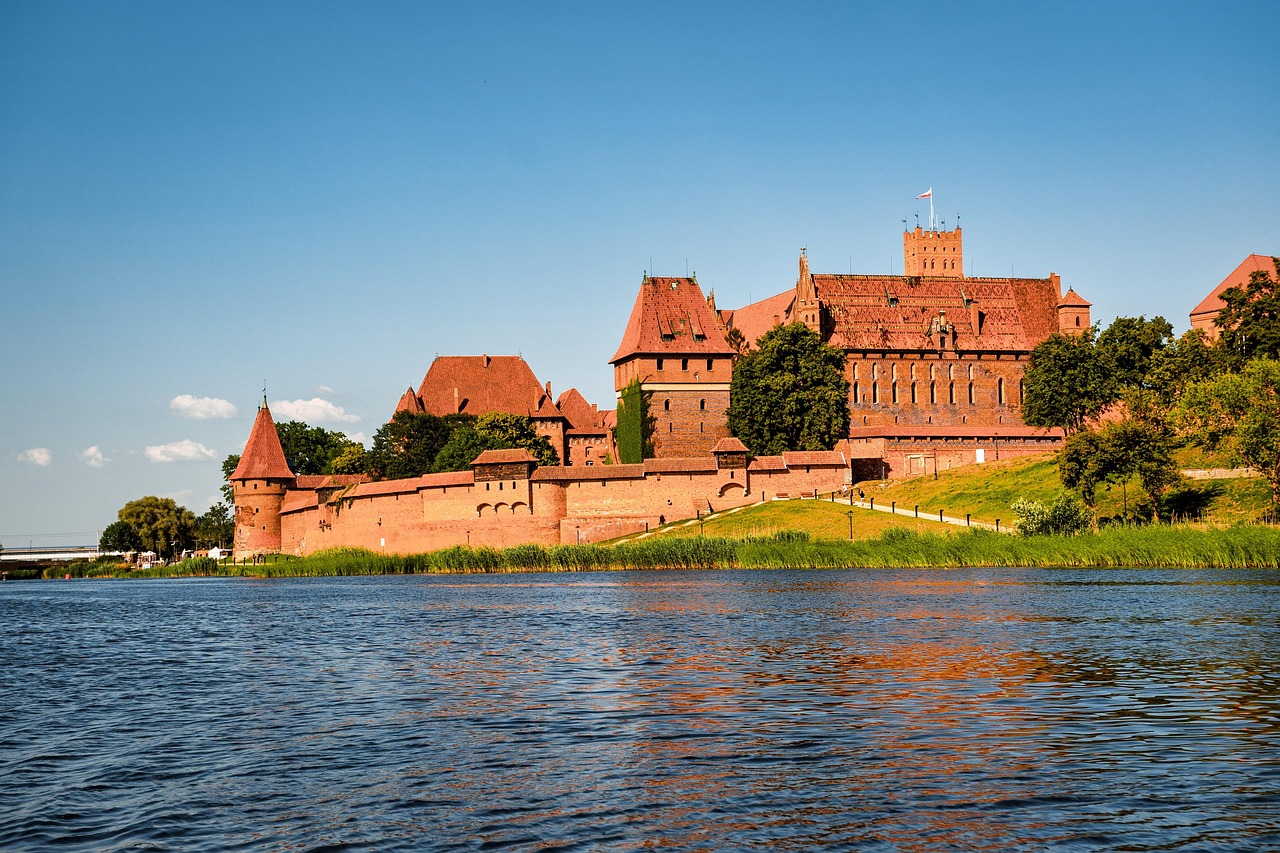
The significance of Malbork in medieval Poland
Welcome to Malbork Castle, the granddaddy of all brick castles! Seriously, this place is so massive, it’s like the Godzilla of medieval fortresses. Nestled on the right bank of the Nogat River, Malbork Castle isn’t just big; it’s the biggest in the world. Built by the Teutonic Knights in the 13th century, this castle was the ultimate flex of power back in the day. Imagine rolling up with a horse and a sword, only to be greeted by this colossal brick masterpiece. Talk about intimidating!
Malbork Castle was more than just a pretty fortress—it was the headquarters of the Teutonic Order. These knights were like the medieval version of the Avengers, minus the superpowers and with a lot more armor. The castle served as a strategic military base and a symbol of the Order’s dominance in the region. It was the place where all the big decisions were made, and probably where they had the best medieval feasts.
The castle is divided into three main parts: the High Castle, the Middle Castle, and the Low Castle. Each section has its own unique features, like the High Castle’s Gdanisko tower and the Middle Castle’s Grand Refectory. It’s like a medieval theme park, but with more history and fewer roller coasters.
If you’re planning a visit, make sure to check out the museum inside, which holds over 40,000 exhibits. From ancient armor to amber collections, it’s a history geek’s paradise. And if you’re there in July, don’t miss the Siege of Malbork festival, where history comes alive with reenactments and medieval fun. Just remember, if someone challenges you to a duel, it’s probably just part of the show. Probably.
5. Białowieża Forest – A Natural UNESCO Heritage Site
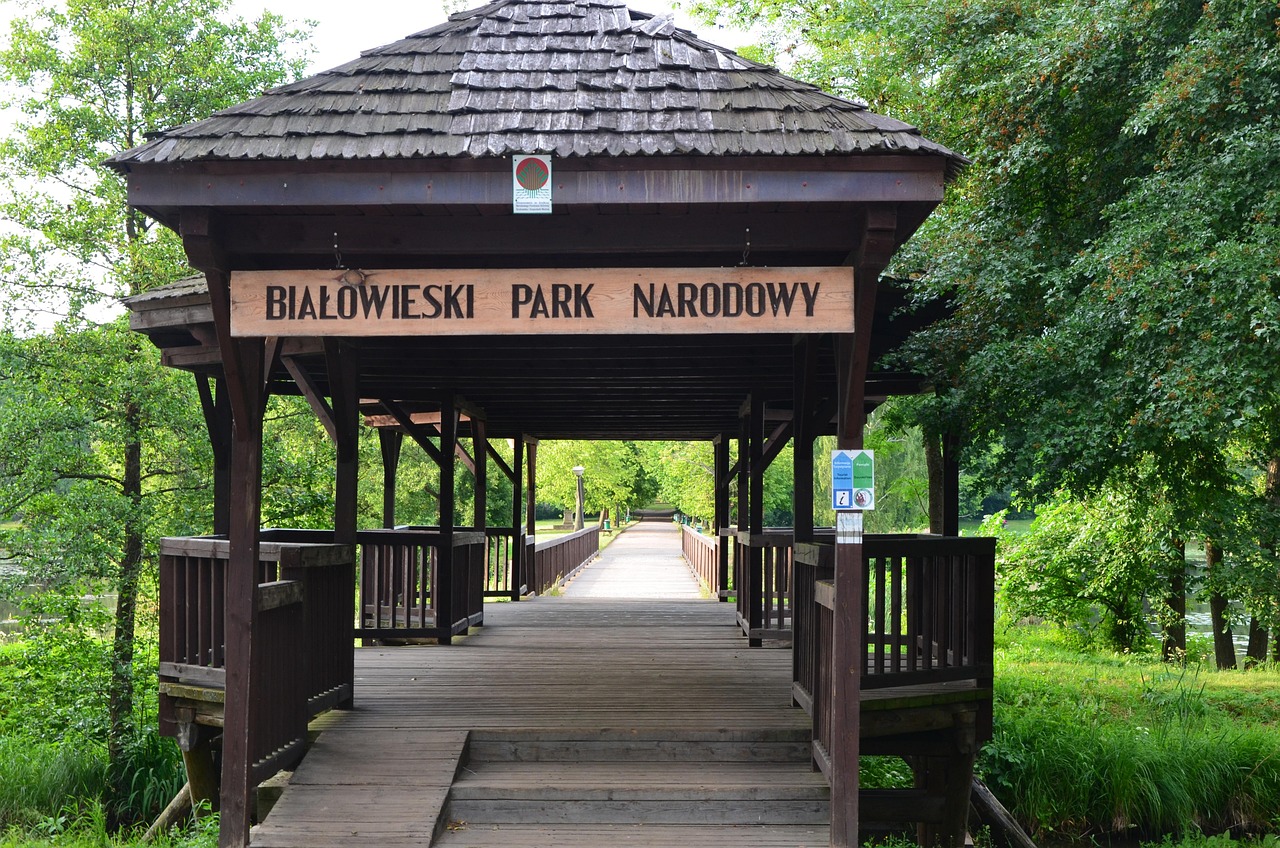
Historical significance of the forest
Welcome to the magical Białowieża Forest, where trees have more stories than your grandma! This place is like the Jurassic Park of trees, minus the dinosaurs but with all the ancient vibes. It’s one of those rare spots where you can still find a chunk of Europe’s primeval forest. That’s right, folks, this forest has been doing its thing for thousands of years, way before humans thought it was cool to chop trees down.
- Białowieża Forest is a UNESCO World Heritage Site, and for good reason. It’s a living museum of nature.
- The forest straddles the border of Poland and Belarus, making it a cross-border wonder.
- It’s home to the European bison, the continent’s heaviest land animal, and a symbol of conservation success.
Strolling through Białowieża is like stepping into a time machine that takes you back to a world untouched by modern chaos.
The forest is a paradise for those who love peace, quiet, and the occasional bison sighting. If you’re lucky, you might even spot one of these majestic creatures roaming freely. But don’t worry, if you miss them in the wild, there’s a reserve where you can see them up close without having to run for your life.
And hey, if you need a break from all that nature, there’s a charming red Orthodox church nearby. Built by Tsar Alexander III, it’s a piece of history that survived both World Wars. So, whether you’re a history buff or just someone who loves a good walk, Białowieża Forest is the place to be.
Feeling inspired to explore more hidden gems? Discover Switzerland’s hidden gems and make your travel dreams come true!
6. The Royal Castle in Warsaw – A Symbol of Polish Resilience
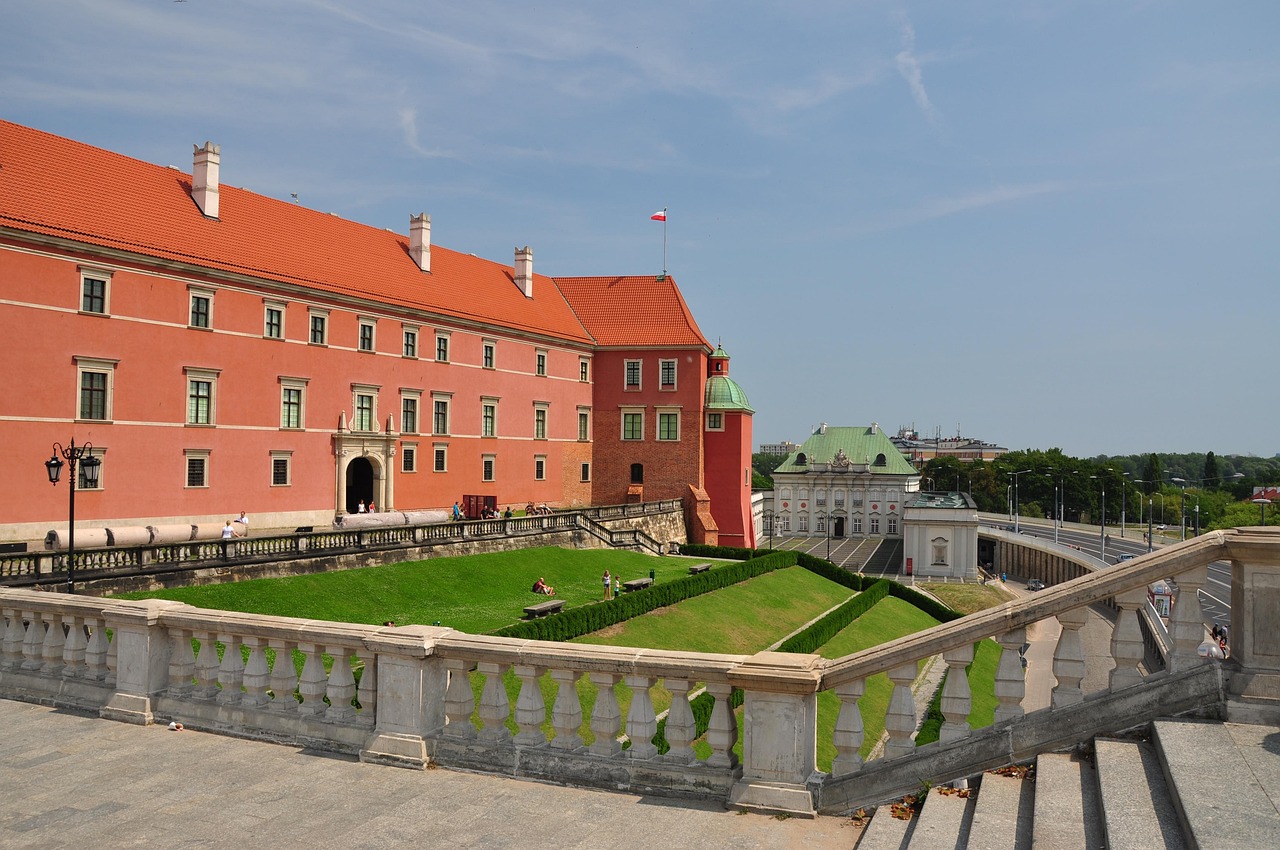
Historical background and importance
Let’s talk about the Royal Castle in Warsaw, a place that’s been blown up, rebuilt, and now stands as a testament to Polish resilience. This castle has seen more drama than a soap opera! Originally constructed in the 14th century, it was the official residence of Polish monarchs. Fast forward to World War II, and the castle was reduced to rubble by the Germans. But like a phoenix rising from the ashes, it was meticulously reconstructed between 1971 and 1984, using original materials and plans. Today, it’s not just a castle; it’s a symbol of the indomitable spirit of Poland.
Walking through the Royal Castle feels like stepping back in time, where each room whispers tales of kings, queens, and the occasional court jester.
Inside, you’ll find the Throne Room, which is as opulent as it sounds, decked out in red damask and gold. Then there’s the Ballroom, home to Poland’s largest ceiling fresco. If you’re into art, the castle also hosts a Gallery of Painting, Sculpture, and Decorative Art. And for all the numismatics out there, don’t miss the Numismatic Cabinet!
The castle isn’t just about the indoors. The Castle Gardens are a sight to behold, spread across three levels and showcasing different styles from various historical periods. Whether you’re a history buff or just someone who appreciates a good story, the Royal Castle in Warsaw is a must-see on any visit to Poland.
7. The Salt Mine in Wieliczka – Underground History
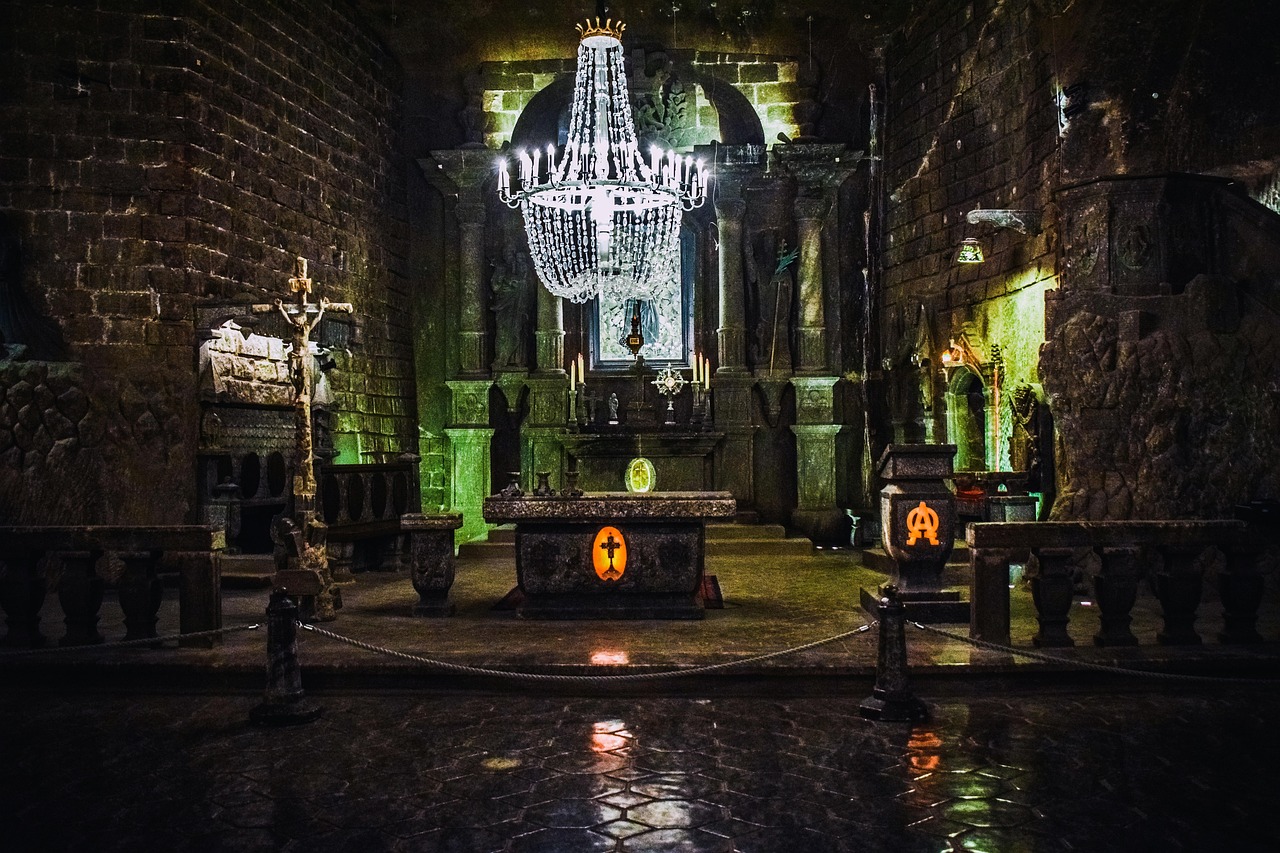
So, you think mining’s a drag? Well, the Wieliczka Salt Mine might just change your mind. This isn’t your average hole in the ground. We’re talking about a labyrinth of tunnels and chambers, all crafted from salt. And it’s not just any salt—this is the salt that seasoned the tables of Polish kings and queens for centuries. Yes, you heard it right!
The Wieliczka Salt Mine has been in operation since the 13th century. It’s one of the oldest in the world and a real gem for history buffs. Picture this: hundreds of years ago, miners were chiseling away, creating a stunning underground world that today resembles a salt palace.
Walking through the mine is like stepping into a fantasy novel, where every wall sparkles and whispers tales of the past.
And let’s not forget the sculptures. The miners weren’t just digging; they were artists. They carved out chapels, statues, and even chandeliers—all from salt. It’s like Michelangelo decided to swap marble for sodium chloride.
Here’s a fun fact: the mine’s air is said to be beneficial for your health. So, while you’re gawking at the salty wonders, you’re also giving your lungs a treat. Who knew history could be this good for you?
What you’ll find underground
- St. Kinga’s Chapel: A breathtaking underground church. It’s got chandeliers, altars, and even a salt-carved pope.
- The Miners’ Route: Feel like Indiana Jones as you explore the less-traveled paths. Just don’t forget your hat (or whip).
- The Salt Lake: Yes, there’s a lake down there. No swimming, though. It’s more about admiring the eerie beauty.
In short, the Wieliczka Salt Mine isn’t just a mine; it’s a journey through time and salt. So, if you’re planning to explore top European destinations, make sure this salty wonder is on your list. And hey, maybe pick up a salt lamp as a souvenir—it’ll light up your room and your heart!
8. Gniezno Cathedral – Birthplace of the Polish State
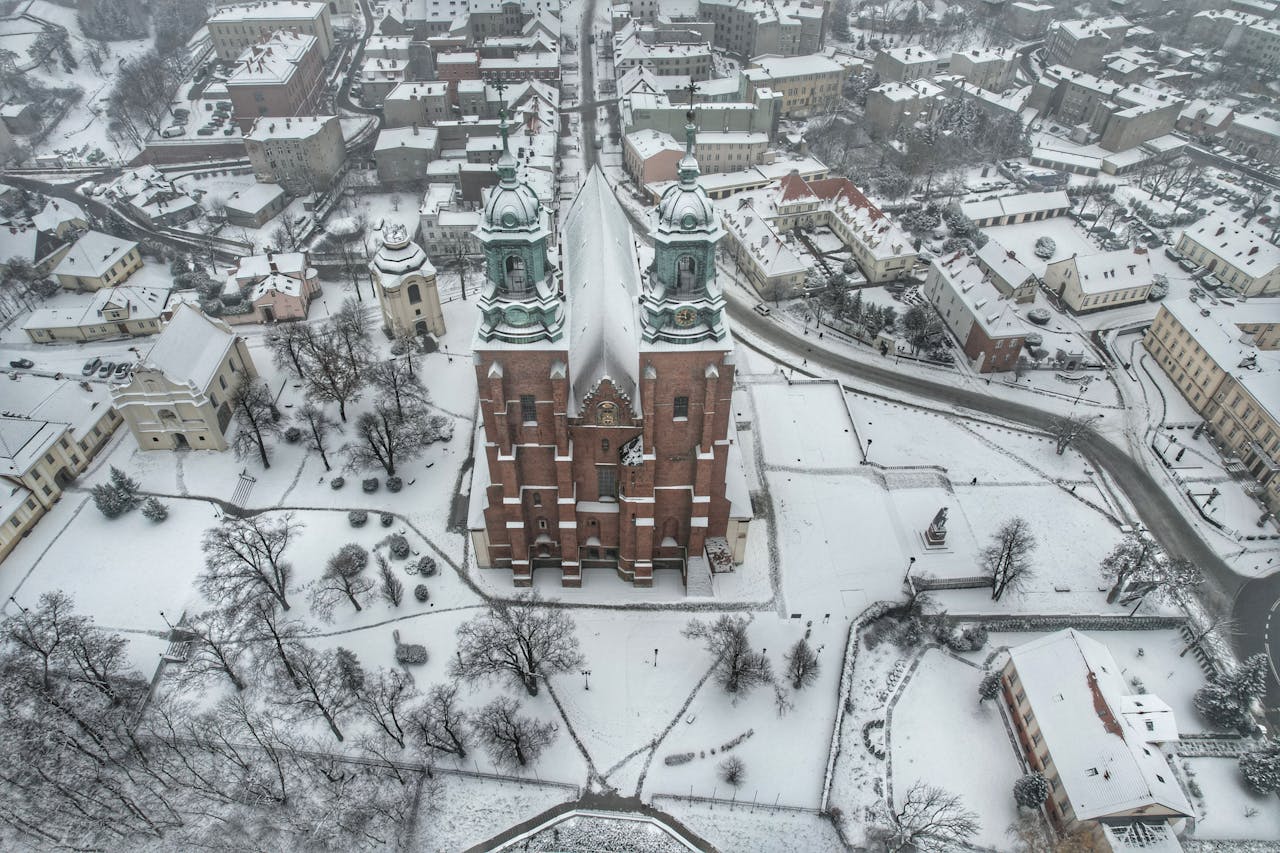
Gniezno Cathedral is like Poland’s history book wrapped in stunning Gothic architecture. This place is where Poland’s story really kicks off! Imagine a time machine back to the 10th century, where the first Polish kings were crowned. It’s not just a church; it’s where Poland’s nationhood began to take shape.
- Coronation Central: The cathedral was the site of royal coronations, making it the medieval equivalent of the Oscars for Polish kings.
- Saint Adalbert’s Resting Place: The cathedral holds the relics of Saint Adalbert, whose life story reads like an action-packed novel.
- Architectural Marvel: With its Gothic spires and intricate details, it’s a feast for the eyes as well as the soul.
Visiting Gniezno Cathedral is like flipping through the pages of Poland’s history, with each corner telling a story of its own.
Inside, you’ll find a blend of religious significance and national pride, with art and artifacts that have witnessed centuries of Polish history. Whether you’re a history buff or just someone who loves a good story, Gniezno Cathedral is a must-visit on your Polish adventure. And hey, who doesn’t love a place where you can practically hear the echoes of medieval fanfare?
9. The Gdansk Crane – A Medieval Maritime Icon

The role of Gdansk in Poland’s history
Ah, the Gdansk Crane! Not just your average bird, but a massive hunk of medieval machinery that once ruled the waterfront of Gdansk. This beast of a crane was the largest of its kind in medieval Europe, and it wasn’t just for show. Back in the day, it was the go-to gadget for loading and unloading ships, hoisting heavy goods like barrels of beer and bales of wool. It was so vital that it practically put Gdansk on the map as a major trade hub.
Picture this: It’s the 15th century, and the crane is the star of the show, with merchants bustling about, shouting orders, and sailors scrambling around like ants. Gdansk was the place to be if you were in the trading game.
But wait, there’s more! The crane also doubled as a city gate. So not only was it lifting heavy stuff, but it was also keeping an eye out for any unwelcome guests trying to sneak into town. Talk about multi-tasking!
- Iconic Structure: The crane stands tall and proud, a symbol of Gdansk’s rich maritime past.
- Engineering Marvel: With its wooden wheel mechanism, it was ahead of its time, showing off the ingenuity of medieval engineering.
- Cultural Significance: Beyond its practical use, it’s a reminder of Gdansk’s golden age of trade and commerce.
The Gdansk Crane is more than just a piece of history; it’s a testament to the city’s resilience and innovation. It tells a tale of a time when Gdansk was at the heart of European trade, a bustling port city full of life and ambition.
So, if you ever find yourself wandering through the charming streets of Gdansk, take a moment to marvel at this medieval marvel. It’s a reminder of a time when Gdansk was the place to be, where the crane wasn’t just a tool, but a symbol of a thriving city.
eSIM Poland by Voye Global – Your Passport to Seamless Connectivity!
Ready to explore Poland without the hassle of hunting down SIM cards or dealing with surprise roaming fees? Voye Global’s eSIM for Poland is here to save the day! Whether you’re stepping into the majestic halls of Wawel Castle or strolling through the rebuilt beauty of Warsaw Old Town, you’ll need reliable internet to share all your stunning photos and epic travel tales. With Voye Global eSIM, you can skip the usual SIM card drama and dive straight into your adventure with instant connectivity as soon as you land. No more scrambling for Wi-Fi spots or stressing about running up a giant bill. Just choose your plan, activate your Poland eSIM online, and let the journey begin. From the Royal Castle in Warsaw to the tranquil vibes of Białowieża Forest, stay connected, share the love, and keep exploring Poland with ease!
Wrapping Up Your Polish Adventure
So, there you have it, folks! Nine historical gems in Poland that are just begging for your attention. Whether you’re a history buff or just someone who likes to pretend they know a lot about old stuff, these places are sure to impress. From castles that look like they popped out of a fairy tale to museums that make you feel smarter just by walking through them, Poland’s got it all. And let’s be honest, who doesn’t love a good castle selfie? So pack your bags, charge your camera, and get ready to step back in time. Poland’s history is waiting for you, and trust me, it’s way more exciting than any history class you ever took. Happy exploring!
